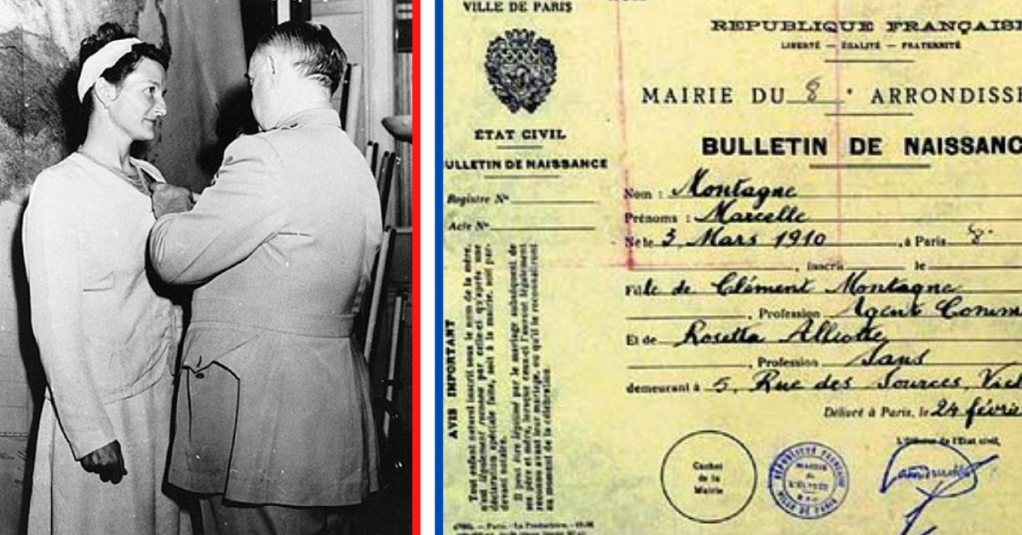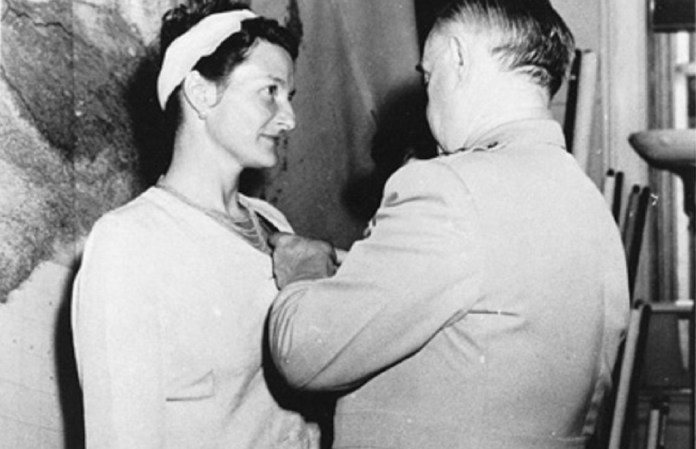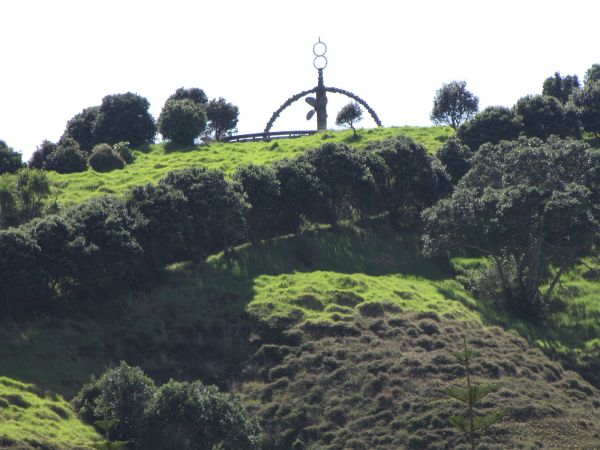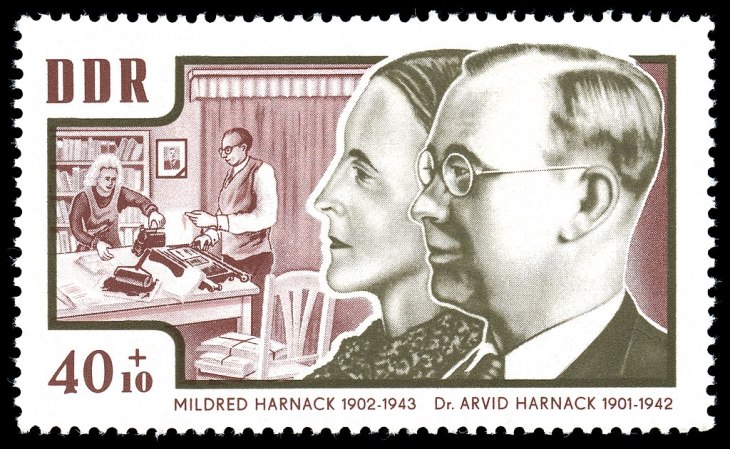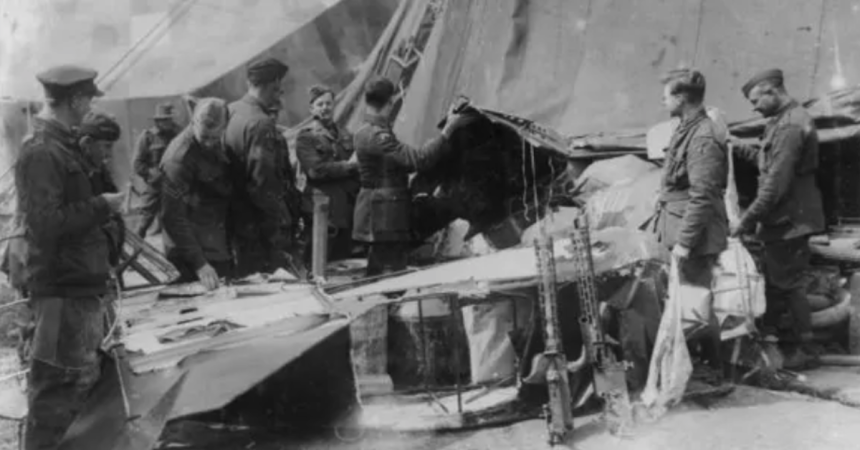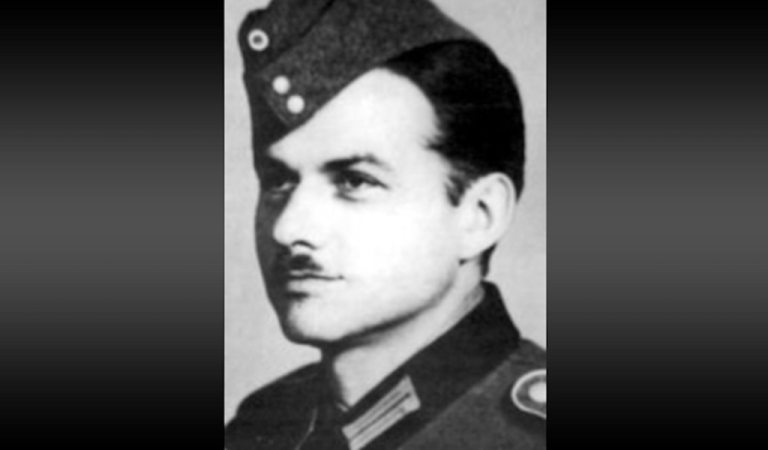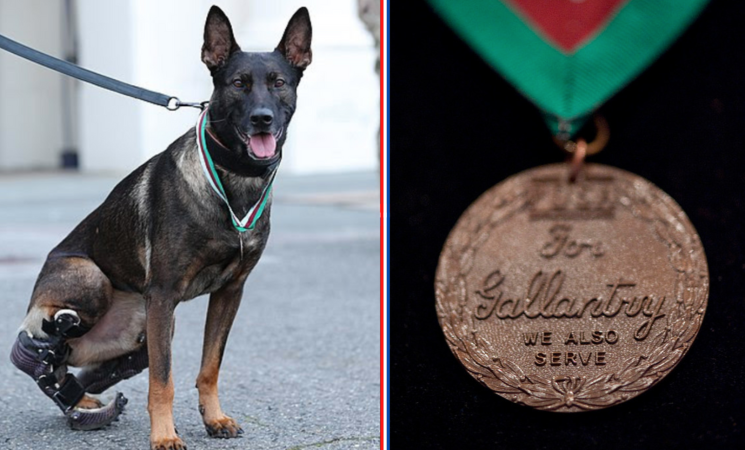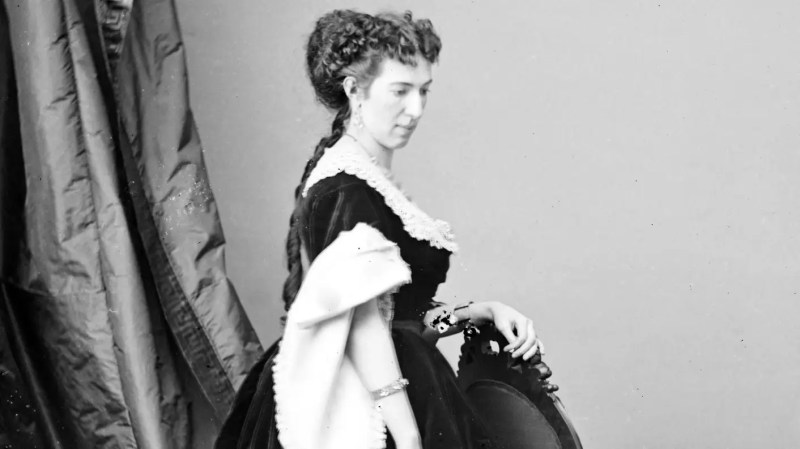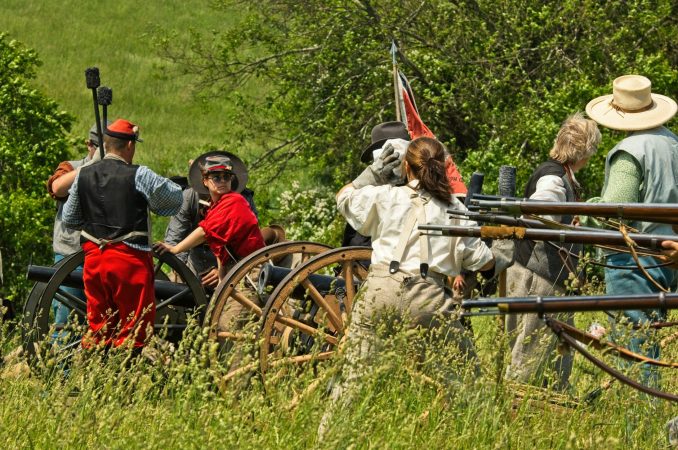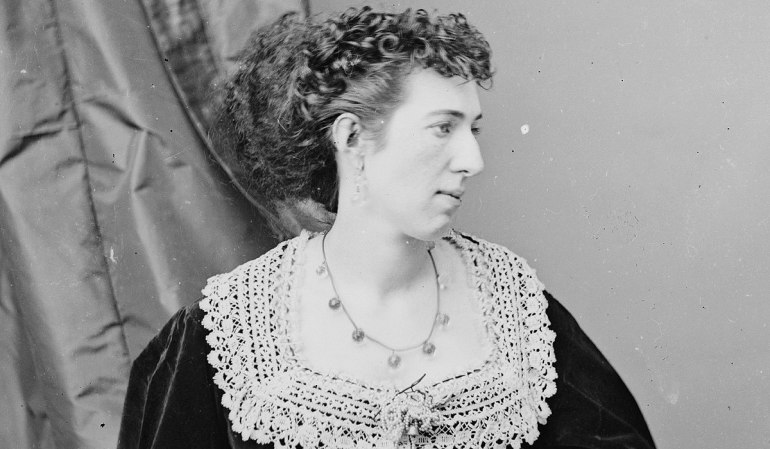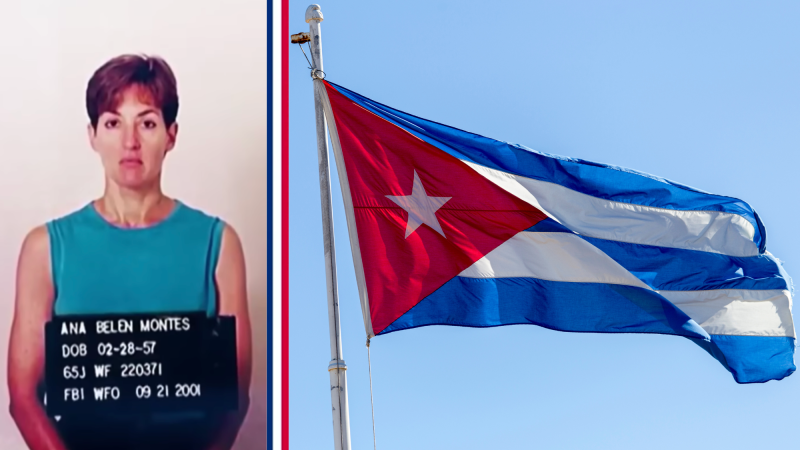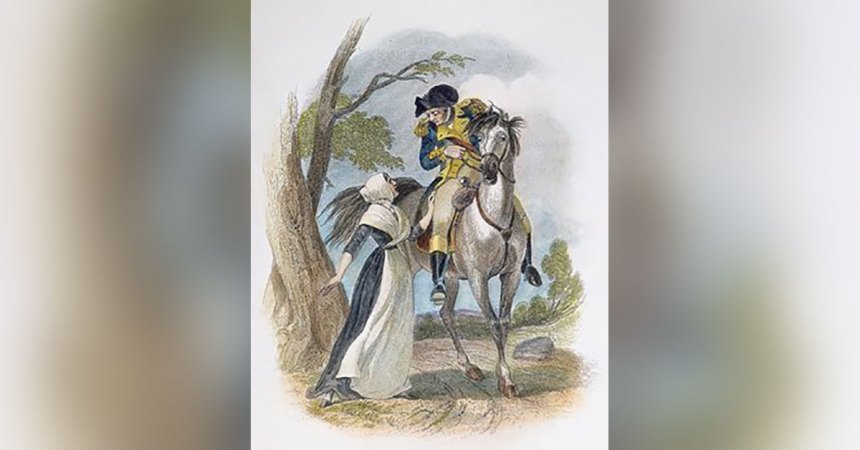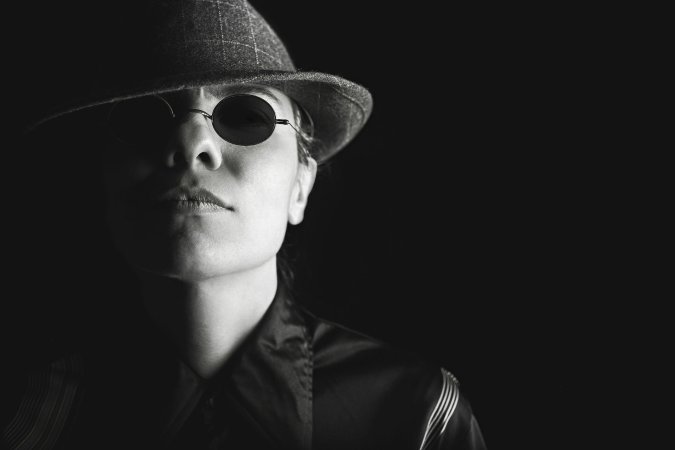She’s a woman who went by many names: Marie, Diane and her birth name, Virginia. Yet despite her monikers, most have never heard of her valiant spy-related efforts. Virginia Hall Goillot is one of the most important war heroes who’s never gotten her due. Serving in the UK’s Special Operations Executive, American Office of Strategic Services in France, and the Special Activities Division of the CIA, it’s safe to say she earned her clout.
During World War II, Hall specialized in espionage, sabotage and reconnaissance throughout France and Europe. Her efforts against the Axis powers helped gain significant ground against the Nazis.
She is a well-respected agent even today, known for her pioneering efforts in particular.
As the first female spy in France, she created an entire network in Lyon, France, known as the Heckler Network. For over a year, she set up resistance movements, safe houses, and medical help for soldiers who had been injured, as well as agents. Goillot is also considered an “expert” in support operations.
However, the Nazis became aware of her vast web of resistance and she left the country in 1942 to avoid being caught. Just two years later she returned, this time offering weapons and training to those joining the French resistance or “Maquisards.”
Germans called her Artemis, referring to her as “the most dangerous of all Allied spies.” The title landed her on their most-wanted list.
Unfortunately, she was easily identifiable by a limp, as she had a prosthetic after she lost part of her left leg. She is said to have named the prosthetic “Cuthbert.” Due to the limp, Germans also called her, “The Limping Lady.”
The beginnings of a spy
Hall started her war efforts in a far more mundane way: driving an ambulance in Spain. However, she ran into an intelligence officer and she made a distinct impression. He told her to call a number and ask about a job. SOE agent Nicolas Bodington was on the other end of the line and quickly began training Hall to become a valuable member of the SOE.
Hall was then sent to France under the guise of reporting for the New York Post. This allowed her to interview folks without suspicion, then often changing quickly or adding makeup to disguise herself. She is said to have worn plain clothes to blend in.

Catching German attention
In 1941, Hall helped facilitate an escape of 12 agents imprisoned by the Germans. After receiving word of the Nazis intent to retaliate, she and others fled the country. She was then arrested in Spain for crossing into the country illegally. However, the American embassy soon arranged for her release.
Prior to the evacuation from France, Hall had written to the SOE, mentioning she was worried about Cuthbert (what she called her artificial leg) causing problems on the journey. Not understanding the name was in fact her wooden leg, they responded with, “If Cuthbert troublesome, eliminate him.”
Post-war efforts
After the end of WWII, Hall was hired to work for the CIA where she felt discriminated against for being a female, despite having more experience than many male counterparts. She soon quit and went back to work in the field in France. She eventually returned to the CIA, which allowed her to meet her future husband, a lieutenant for the OSS.
The movie “A Call to Spy” outlines her heroic and often unknown efforts.

